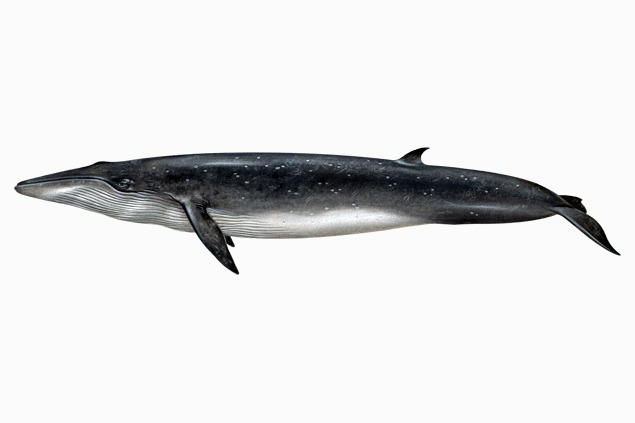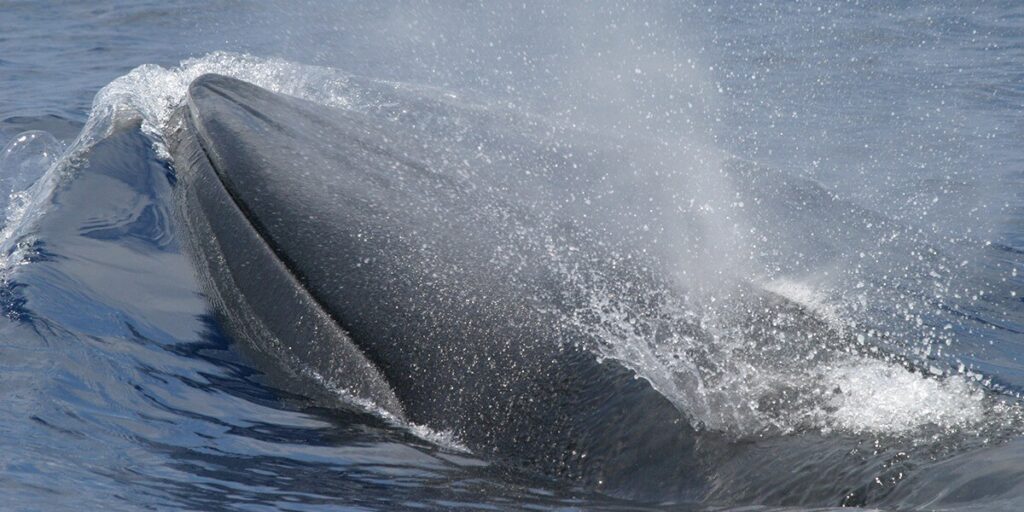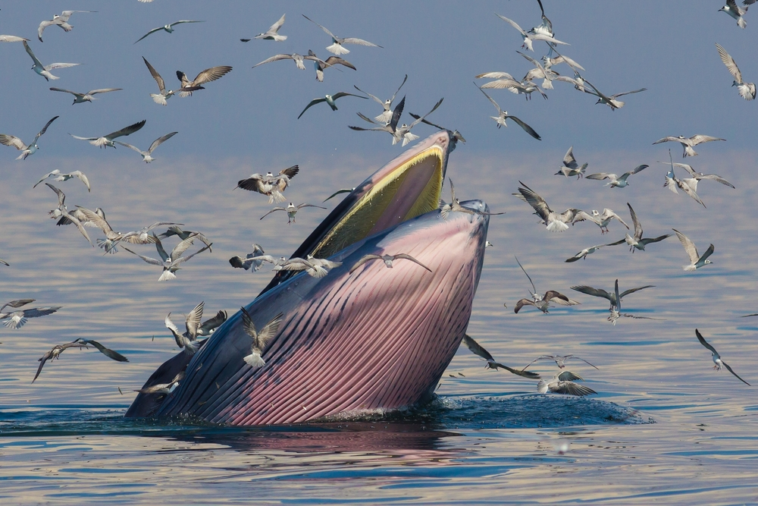In a groundbreaking discovery, scientists have identified a new species of whale in the Gulf of Mexico. The newly discovered whale, named Rice’s whale, is one of the rarest and most endangered species of whale in the world. The discovery has the potential to significantly impact our understanding of the marine ecosystem and the conservation efforts that are needed to protect this elusive creature.
The Rice’s whale was first identified in 2019, but it wasn’t until recently that scientists confirmed it to be a new species. It is estimated that there are less than 100 Rice’s whales in existence, making it one of the rarest species of whale on the planet. The whale is named after Dale Rice, a marine mammal biologist who dedicated his life to studying and protecting whales.

The Rice’s whale is a type of baleen whale, which means that it feeds by filtering water through its baleen plates to capture small prey such as krill and plankton. The whale is dark gray in color and has a distinctive white patch on its head. It is similar in appearance to the Bryde’s whale, but genetic testing revealed that it is a distinct species.
Features of Rice’s Whale:
Here are some of the features of Rice’s whale:
Appearance: Rice’s whale is a dark gray color and has a distinctive white patch on its head. It is similar in appearance to the Bryde’s whale, but genetic testing has shown that it is a separate species.
Size: The Rice’s whale is a relatively small baleen whale, measuring between 33 to 42 feet in length.
Habitat: Rice’s whale is found in the Gulf of Mexico, where it feeds on small prey such as krill and plankton.
Conservation status: The Rice’s whale is one of the rarest and most endangered whales in the world, with less than 100 individuals estimated to be in existence. It is listed as critically endangered on the International Union for Conservation of Nature (IUCN) Red List.
Behavior: Like other baleen whales, Rice’s whale feeds by filtering water through its baleen plates to capture small prey. It is known to be a solitary animal and is rarely seen in groups.
Vocalizations: Scientists have recorded the vocalizations of Rice’s whale, which include low-frequency calls and whistles that are used for communication.

The discovery of the Rice’s whale is significant because it sheds light on the diversity of marine life in the Gulf of Mexico. It is also a reminder of the importance of conservation efforts to protect endangered species. The Gulf of Mexico is a vital breeding and feeding ground for many species of marine mammals, including whales, dolphins, and manatees. However, the region is also under threat from human activities such as oil and gas exploration, fishing, and pollution.
Conservationists are calling for immediate action to protect the Rice’s whale and other endangered species in the Gulf of Mexico. This could include measures such as stricter fishing regulations, habitat protection, and reducing the impact of human activities on the marine environment. By taking action to protect endangered species, we can help to preserve the delicate balance of the marine ecosystem and ensure that future generations can continue to enjoy the beauty and wonder of these magnificent creatures.
In conclusion, the discovery of the Rice’s whale is a significant milestone in our understanding of the marine ecosystem. It highlights the importance of conservation efforts to protect endangered species and preserve the delicate balance of the environment. As we continue to learn more about this fascinating creature, we must work together to ensure that it and other endangered species can thrive in their natural habitat for generations to come.

